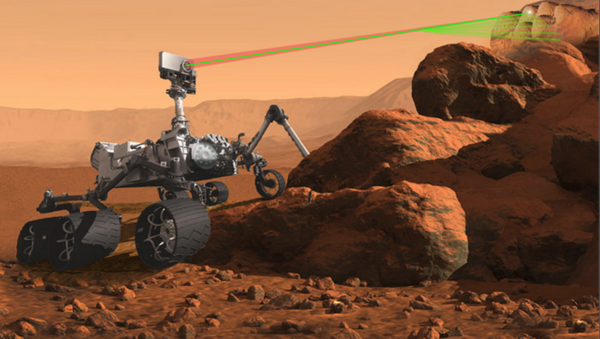Last week, the SpaceX founder outlined an ambitious plan to send humans to mars. To transform humankind into a "multi-planet species," Musk hopes to land the first Martian pioneers in 2025.
Will those explorers find a barren planet? NASA may have an answer before they arrive.
The space agency is developing an environmental scanning electron microscope (ESEM) that could provide robotic rovers like the Curiosity with a more accurate tool for analyzing biological materials on the Martian surface.
"By putting this capability on a rover or lander, not only can we better select the samples for return, but primarily we will be able to carry out high-quality imaging and analysis on Mars without the risk of contamination from a sample brought to the Earth for study," said Jessica Gaskin, the principle investigator of the project, according to Phys.org.
Dubbed the Miniaturized Variable Pressure Scanning Electron Microscope (MVP-SEM), the device could also be utilized on the Moon or aboard the International Space Station with small adjustments, and will allow scientists to study geologic samples without damaging them.
"The key to this specific technology is that it will use the Mars atmosphere as our imaging gas," Gaskin said.
"This will allow us to observe raw (conductive and non-conductive) uncoated samples in their natural environment."
While current efforts to search for microbes on Mars tend to focus on carbon-based life, the MVP-SEM can scan the environment to detect any unusual chemical elements that could be an indication of biology that does not rely on water.
"This instrument would also provide high enough resolution imaging to identify bio-signatures," said MVP-SEM project scientist Jennifer Edmunson, according to Phys.org.
"One goal of our instrument development is to be able to differentiate compounds like calcium oxalate (a potential bio-signature) from calcium carbonate."
The MVP-SEM won’t be bound for the Red Planet any time soon, but once it’s perfected, the technology could play a crucial role in finding the first extraterrestrial signs of life in our solar system.







